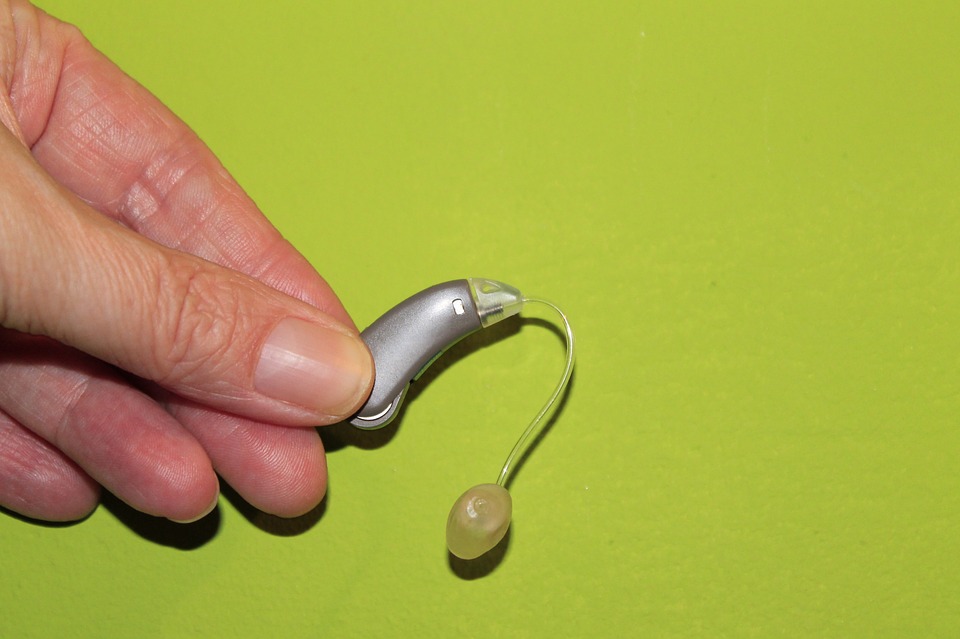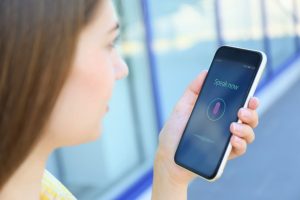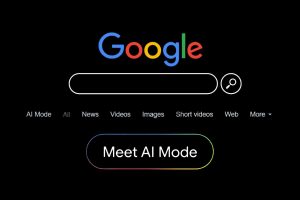Technology is always making advances, and since those first commercially available hearing aids of 1913, we have come a long way. The microprocessor of the seventies started the trend of downsizing and introduced digital technology into the mix, with the first all-digital hearing aids debuting in the 1990s. 2010 added Bluetooth technology for the first time.
1. Bluetooth Technology
Being able to connect up your hearing aid for a better audio experience is one of the amazing advances that has changed the way you can listen to music or other streaming services in recent years.
Some of the behind-the-ear designs have it built into the actual hearing aid, but the smaller in-ear devices may require that you wear a streamer, which you can carry around in your pocket, or around your neck.
Apple has developed Bluetooth connectivity that is designed to allow connection without putting a lot of stress on the battery.
It can also allow you in some cases to remotely control your hearing aid, and you can connect it to multiple devices, so you can be listening to music, but then if your phone rings you can switch to it easily.
2. Smaller Sleeker Designs
Hearing aid technology, as it has advanced, has had the added benefit of downsizing, so that it becomes really discreet when you are wearing it.
The size of your ear canal and your hearing loss is going to have an effect on the fitting of the hearing aid, but it is not necessarily a reason to worry.
Some of the behind-the-ear models are going to be a little larger and may be necessary if you are dealing with profound hearing loss, but even they are significantly smaller and sleeker than they would have been in the past.
It makes sense that as improvements continue in the field you are going to see even more hearing aids with a sleek, modern design.
More powerful, more functional, and better look technology are definitely in demand, and there are some really nice looking digital hearing aids on the market.
3. Smartphone Connectivity
So many people are using smartphones now to surf the web, and to view and listen to media, that it makes a lot of sense that this would be an area that hearing aid designers have spent some time focusing on.
Specifically, with the use of a smartphone, you can control the hearing aid through an app, so you aren’t going to have to take out the device and mess around with it until everything sounds right, and you aren’t going to have to go and see a specialist either.
As well as making general usage easier, there is great development like Phonak’s my call-to-text app that gives you a transcript of the conversation that you are having on the phone in real-time, so you can easily follow along.
Conclusion
Surely, with the rate that technology is developing hearing aids have an even brighter future, one that takes them as far away from the cutting edge technology we have now, as today’s hearing aids are from those early devices that came along and changed people’s lives.












